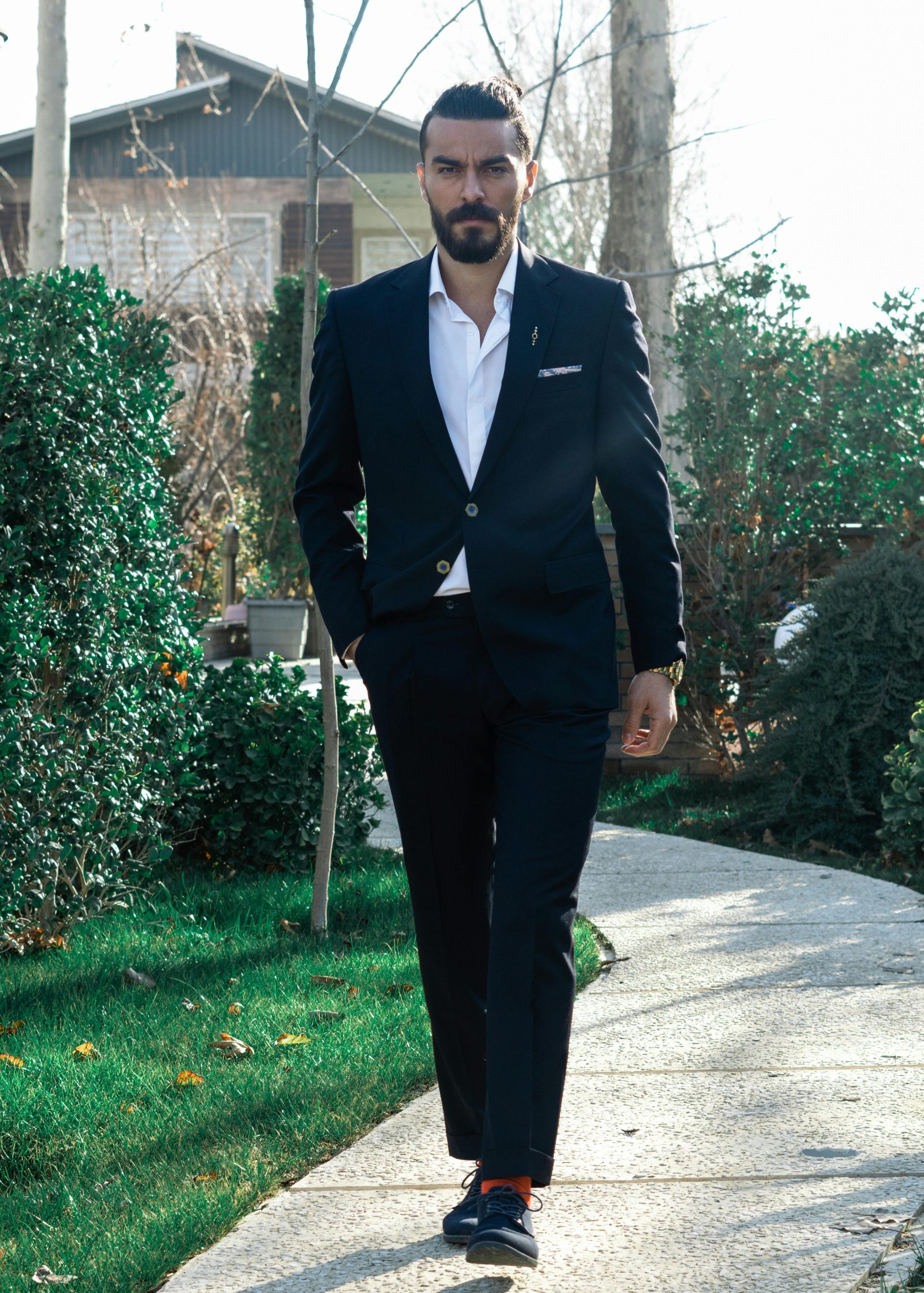I used an AI for 7 months to search for a Theory of Everything. I failed. And it’s the best thing that could have happened.
The Unexpected Gift of a Failed Quest for a Theory of Everything
Reflections on a Seven-Month Journey with AI: Embracing Failure as the Path to True Discovery
In the ever-evolving landscape of scientific exploration, artificial intelligence often appears as a powerful tool—an equation generator or a calculation assistant—guiding us toward the elusive “Theory of Everything.” However, after dedicating seven months to a collaborative experiment with AI, I’ve realized that its true potential lies elsewhere. Rather than being a mere solver, AI serves as a mirror, forcing us to examine our reasoning with brutal honesty.
Rethinking AI as a Critical Partner
During my time working closely with an AI, I encountered a common pitfall in the scientific community: the tendency to use AI to confirm pre-existing beliefs. People are eager to have the machine validate their theories, framing prompts in a way that seeks affirmation rather than truth. This approach skews results and hampers genuine progress. The key is in how we frame our questions: asking for validation yields a different output than demanding rigorous testing for flaws.
The Power of Challenging Your Assumptions
Initially, I was captivated by an idea—imagine a dynamic “ether” that could explain fundamental forces. I pursued it with enthusiasm, feeding my AI partner hypotheses every day. The initial results seemed promising, even magical. It’s tempting to bask in these moments, to fall in love with validation.
But I chose a different approach: I challenged my ideas rather than endorsing them. I asked the AI to find logical flaws, to rigorously test the hypothesis, to scrutinize every assumption. This shift in perspective transformed my understanding not only of the problem but also of my own reasoning.
A Journey of Self-Transformation
Through this process, I learned more than just coding. I began to think critically and approach knowledge with humility. Ultimately, the hypothesis that had captivated me for months was dismantled—not through opinions, but through real data. The dynamic ether idea was thoroughly falsified by empirical evidence, leading to a crucial insight: true discovery often begins after we accept that our beliefs may be wrong.
Lessons for Working with AI in Scientific Inquiry
If you’re considering harnessing AI for exploring complex ideas, here’s some advice based on my experience:
- Treat AI as a rigorous proving ground, not an oracle. Use it to test, falsify, and challenge your theories.
- **Set clear constraints.














Post Comment